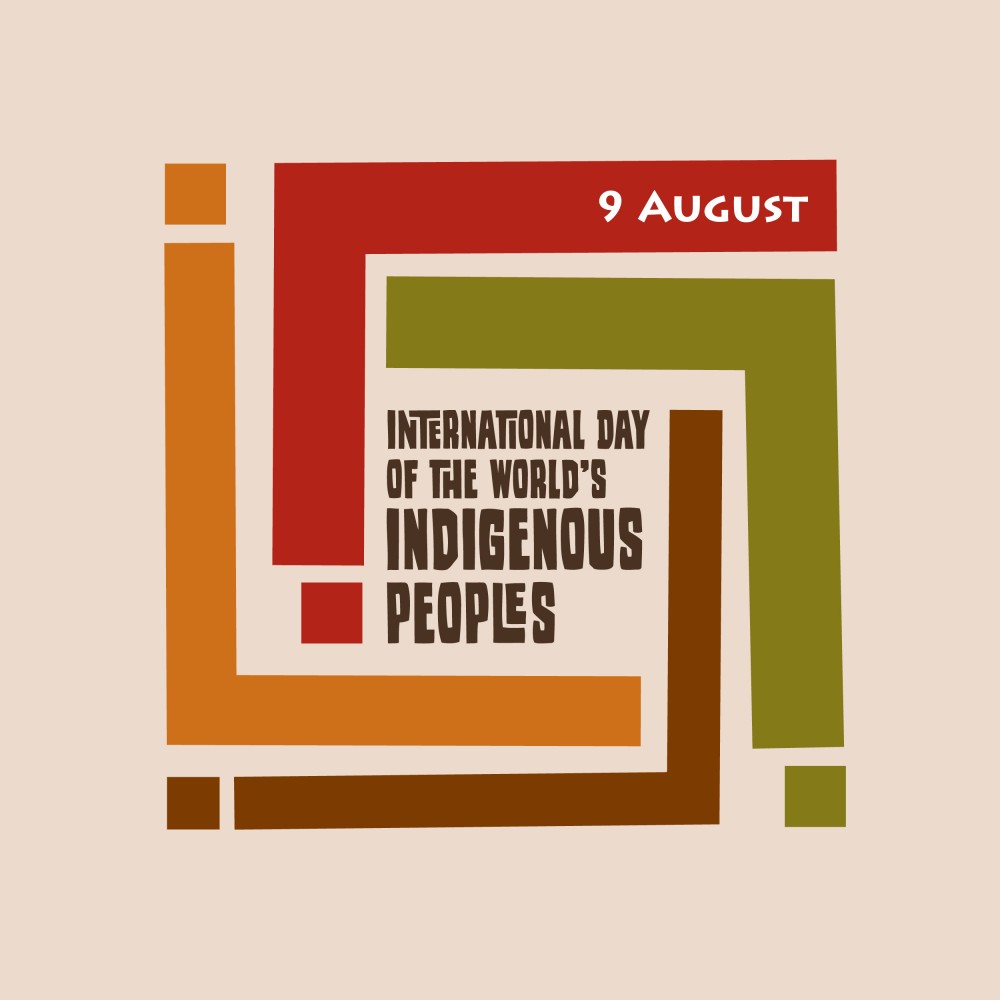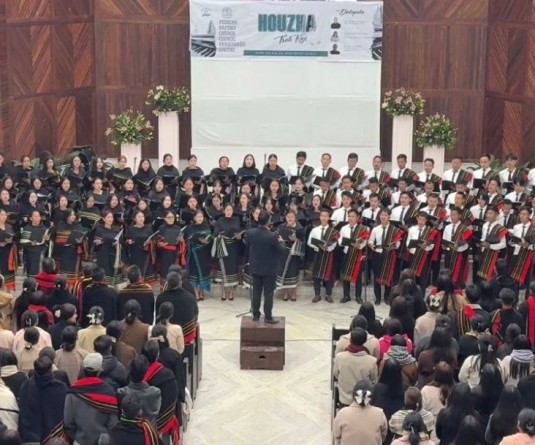United Nations’ outreach material on the International Day of the World’s Indigenous Peoples, 2020. (Image Courtesy: United Nations/ https://trello.com)

Indigenous rights activists in Nagaland discuss 2020 International Day of the World’s Indigenous Peoples’ theme ‘COVID-19 and Indigenous Peoples’ Resilience’ with The Morung Express
Morung Express News
Dimapur | August 8
The COVID-19 global pandemic has made a massive impact on societies and economies across the planet and amplified issues of both preparedness and vulnerability, especially among indigenous peoples of the world.
On the eve of the International Day of the World’s Indigenous Peoples which is commemorated on August 9 annually, The Morung Express spoke to indigenous rights activists of Nagaland on this year’s theme—“COVID-19 and Indigenous Peoples’ resilience.”
According to indigenous rights activist, Kim Chishi, even before the pandemic, indigenous Naga communities were already experiencing inequalities in the form of poor access to healthcare and essential services as well as lack of effective monitoring and early warning systems.
“Compounded with the lack of sustainable livelihood opportunities, stigma and discrimination at large, Naga indigenous peoples were even more vulnerable during the pandemic,” Chishi added.
With the lockdown continuing for another month, Chishi said that the risks faced by vulnerable groups such as the indigenous women, children, youth, elderly, and persons with disabilities are disproportionately impacted, given the high degree of socio-economic marginalization and the public health system.
She also emphasized on the “prominent roles of indigenous women in the informal economy and as caregivers,” and pointed out that the state must “ensure that the indigenous women benefit equally from social protection and the burdened health systems do not result in an escalation of the maternal mortality, domestic violence, to name a few.”
Revival of old practices
Since the World Health Organization’s declaration of COVID-19 as a global pandemic, indigenous peoples across the world are seeking their own solutions to this pandemic practices such as sealing off their territories, self-quarantine etc.
In this regard, indigenous right activist and educator, Betoka Swu pointed out that similar practices have emerged from across Nagaland as community elders revived old practices of quarantining/self-isolating from the outside world in order to keep away from the contagion.
Swu referred to the terms “pusa küsü” (pandemic) and “amülhu küsü” (airborne disease) in the Sümi language, which suggest that situations like these are not something new to the indigenous Nagas.
“It is a sign that we have been resilient to all kinds of sickness and natural calamities as well,” he said, while adding that “traditional knowledge, practices and the Nagas’ relationship with nature had a major role to play in building this resilience.”
However, he viewed that the modern indigenous Naga community has in many ways, “lost our relationship with our food and nature.”
Back in the day, when there were outbreaks of disease, there were various taboos and gennas that were practiced in the form of quarantining or even banning community members from working in the fields or hunting.
Further, Swu highlighted on the government imposed lockdowns which saw citizens in the state’s urban centers panic buying and hoarding food and other commodities, and emphasized on the need to ensure food security.
He viewed that “Traditionally, we depended on indigenous food like millets, corn, Job’s tears and other farmed produce that were resilient and could be stored over long periods of time.” However, in the present situation, a total lockdown for a month would mean exhaustion of food.
Bridge gap between modern science and indigenous science
Similarly, indigenous youth leader and activist Dr Martemjen, viewed that on occasions such pandemic outbreaks, “observations of taboos and genna have always held a significant place in the life of indigenous Naga society.”
“It was strictly observed to avoid consequences upon one's life and family, more so upon the entire community. This has by large helped in conserving our people, our land, forests and biodiversity to a large extent,” he added.
Dr Martemjen stressed on the need to “bridge the chasm between modern science and indigenous science and thereby continue to remain faithful custodians and guardians of our land, culture, forest and biodiversity.”
“The State should promote programmes, policies and strategies that will sustain the economy and raise awareness to address the priorities of the communities, for effective information and preventive actions, ensure access to education for children by providing necessary tools for remote learning and taking on board the indigenous people in decision making," Chishi suggested.





